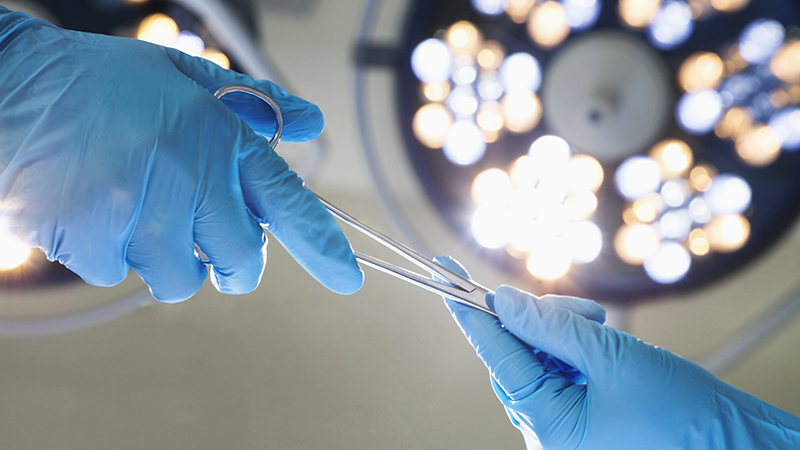Safe on the Sunny Side
A Guide to SPF and Sun Protection
Updated May 2022
You are outside with friends, enjoying a spontaneous barbecue, baseball game or local festival. An hour or so later, you feel warm and uncomfortable. Then, you remember: You did not apply sunscreen.
Your skin does not need to show evidence of time spent outdoors because of sun damage.
Practicing sun protection is key.— Jennifer N. Choi, MD
"Sun protection is important because it definitively decreases your risk for developing skin cancer," says Northwestern Medicine Dermatologist Jennifer N. Choi, MD. "As dermatologists, we recommend daily sunscreen on the parts of your body that are exposed to the sun year-round, particularly your face, ears, neck, and hands."
If you plan to spend any time outside, you need to protect yourself. Whether it is overcast or sunny, the sun's rays can damage your skin.
Keep in mind the following tips:
Seek shade when sunshine peaks.
The sun is strongest between 10 am and 2 pm. If you can find shade during this time, you should. Ideally, you should be wearing sunscreen in the shade too.
You should apply sunscreen to exposed areas of skin.
UV rays can penetrate glass windows, so it is important to wear sunscreen while driving or even indoors near windows. Apply sunscreen to exposed areas of your body, and each time you apply, use enough. The recommended amount is two finger lengths to cover your face and neck, and one full ounce to cover your body if you are wearing shorts and a T-shirt.
Consider wearing clothing that contains built-in SPF if you plan to be outside all day, Dr. Choi says.
Broad-spectrum is better.
Broad-spectrum sunscreen protects against both UVA and UVB rays.
"You get a lot of UV exposure, even during the winter," Dr. Choi explains. "UVB rays contribute to sunburn, UVA rays contribute to tanning and aging. Both types of UV rays can lead to skin cancer."
The American Academy of Dermatology (AAD) recommends SPF 30.
Reapply.
No sunscreen is truly waterproof.
"If you sweat or swim and towel off, you should reapply more often," explains Dr. Choi. "Every two hours is a good goal to aim for."
Many foundations and tinted moisturizers have SPF properties. If you're planning on relying on your makeup for sun protection on your face, make sure that the SPF in your products is at least 30 and that you are using enough.
Choose a physical sunblock.
Chemical sunscreens work by absorbing UV photons before they can damage your DNA. Physical sunscreens contain natural elements like zinc oxide and titanium dioxide that sit on top of your skin and reflect UV rays away from the cells in your skin.
When in doubt, opt for a physical sunscreen, especially if you have sensitive skin.
Breakouts are no excuse.
If you have sensitive skin and are worried about skin breakouts, look for a sunscreen labeled "oil-free" or "non-comedogenic," which means it will have a lower chance of causing acne flares.
There are other sources of vitamin D.
You can get vitamin D from the sun, but to ensure your safety, you should get it through your diet or supplements.
Your lips can get sunburned too.
Apply a lip balm or lipstick with SPF 30 or higher.
Sun exposure inside a car is equivalent to being outside.
Do not forget to apply sunscreen on long drives and, if possible, apply a transparent window film to your car's windows to block UVA and UVB rays. Furthermore, sunroofs directly expose you to the sun, so wear a hat if you roll it back.
Ban base tans.
Do away with "base tans" and tanning beds altogether — a single indoor tanning bed session before the age of 35 can increase your risk of developing melanoma by 20%.
Enjoy the sun safely.
You can be sun safe and still enjoy being outside.
"Sun exposure is cumulative," Dr. Choi explains. "Everything from your childhood through present day contributes to your risk for skin cancer. Practicing sun protection and making it a habit is key."






